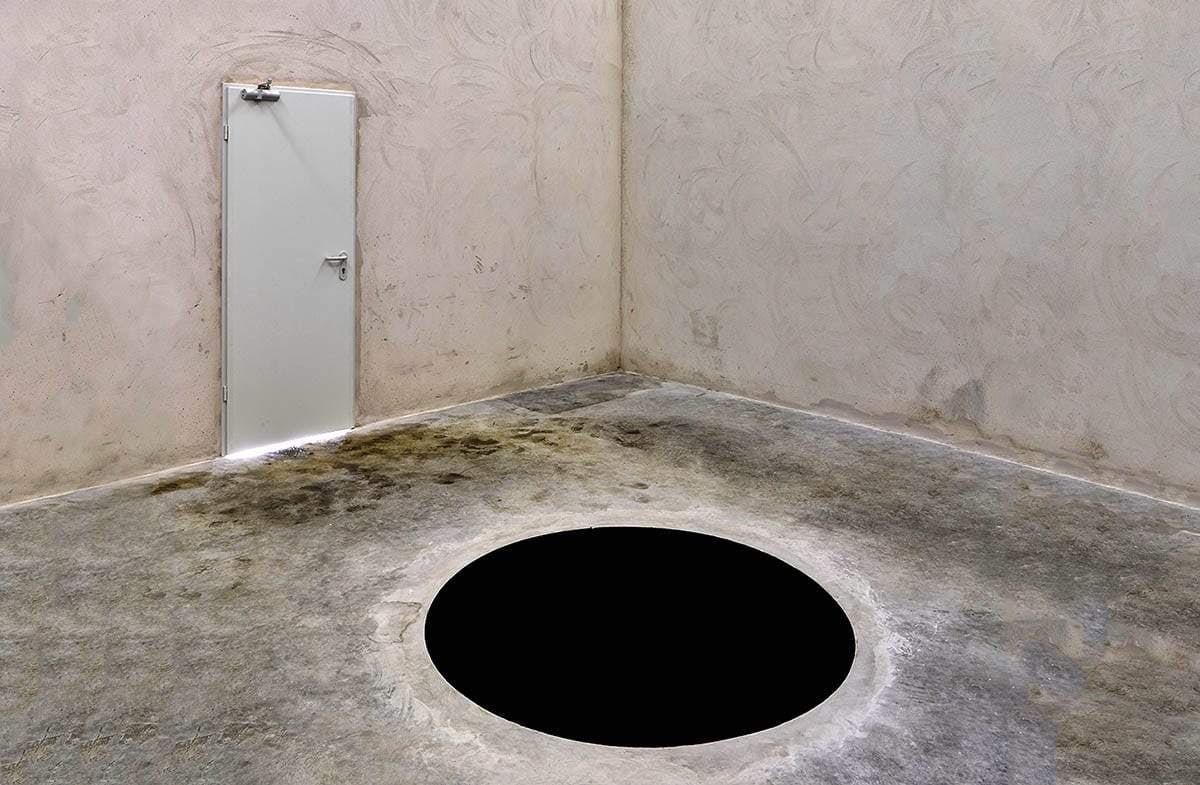Blood in (and as) Art
One of the first known expressions of human creativity, the Lascaux cave paintings, were created with blood, a material that has remained significant...
Kaena Daeppen 10 June 2024
Did you know that there are some colors that you can’t use in your art? Such “painters’ trademarked colors” are owned by certain artists, and you cannot legally use them without consulting the artist beforehand. Others could be called “signature colors.” Specific artists used them in so many of their works that certain shades are strictly associated with them.
International Klein Blue is one of the most famous painters’ trademarked colors, created by Yves Klein (1928-1962), a French artist. It was developed together with Edouard Adam, a paint supplier, with whom Klein cooperated. A deep ultramarine, the color is widely known for its matte look, which makes it so vivid.

Vantablack is the next example of a painter’s trademarked color. Anish Kapoor (born in 1954) is a British sculptor who is famous for his large-scale sculptures and site-specific installations. He stirred significant controversy by buying exclusive rights to use the state-of-the-art black paint called Vantablack which absorbs 99.96% of the light that hits it. In short, it’s as black as possible. Like, dark hole black. By buying himself that exclusivity and effectively forbidding other artists from using that paint, Kapoor angered a lot of artists, who believe that one person should not be allowed to prevent everyone else from using a certain color.
Responding to the Anish Kapoor Vantablack controversy and expressing his anger, another British artist named Stuart Semple (born 1980) created what he calls the “world’s pinkest pink” and banned Kapoor from using it. When buying the paint, one has to state:
I am not Anish Kapoor, I am in no way affiliated to Anish Kapoor, I am not purchasing this item on behalf of Anish Kapoor or an associate of Anish Kapoor.
Since then, Semple also began selling Yellowest Yellow, Greenest Green, and Loveliest Blue, all of which Kapoor is banned from buying.
Tiffany Blue was created by Charles Tiffany and John Young in 1837 and has since been widely used for promotional purposes by Tiffany & Co. It’s so strongly connected with the company that it was trademarked and you cannot find it in official Pantone color guides, as it is not publicly available.
Luckily, there are so many other colors that you can freely use without fear of getting sued…
DailyArt Magazine needs your support. Every contribution, however big or small, is very valuable for our future. Thanks to it, we will be able to sustain and grow the Magazine. Thank you for your help!